This afternoon we hosted a live stream on YouTube to announce FilmLab 3, the next generation of our app for digitizing negative film. You can download the betas here and watch the stream here.

FilmLab 3 is all about upgrades to our image processing. It includes new versions of the FilmLab Color Negative Process and FilmLab BW Negative Process, our algorithms for converting scans of negative film into positive images. These new Processes take advantage of the power of modern GPUs to convert film scans 4x faster than before, and include breakthrough color science that allows any mirrorless or DSLR camera to digitize film photos that look like they were made with a professional grade film scanner.


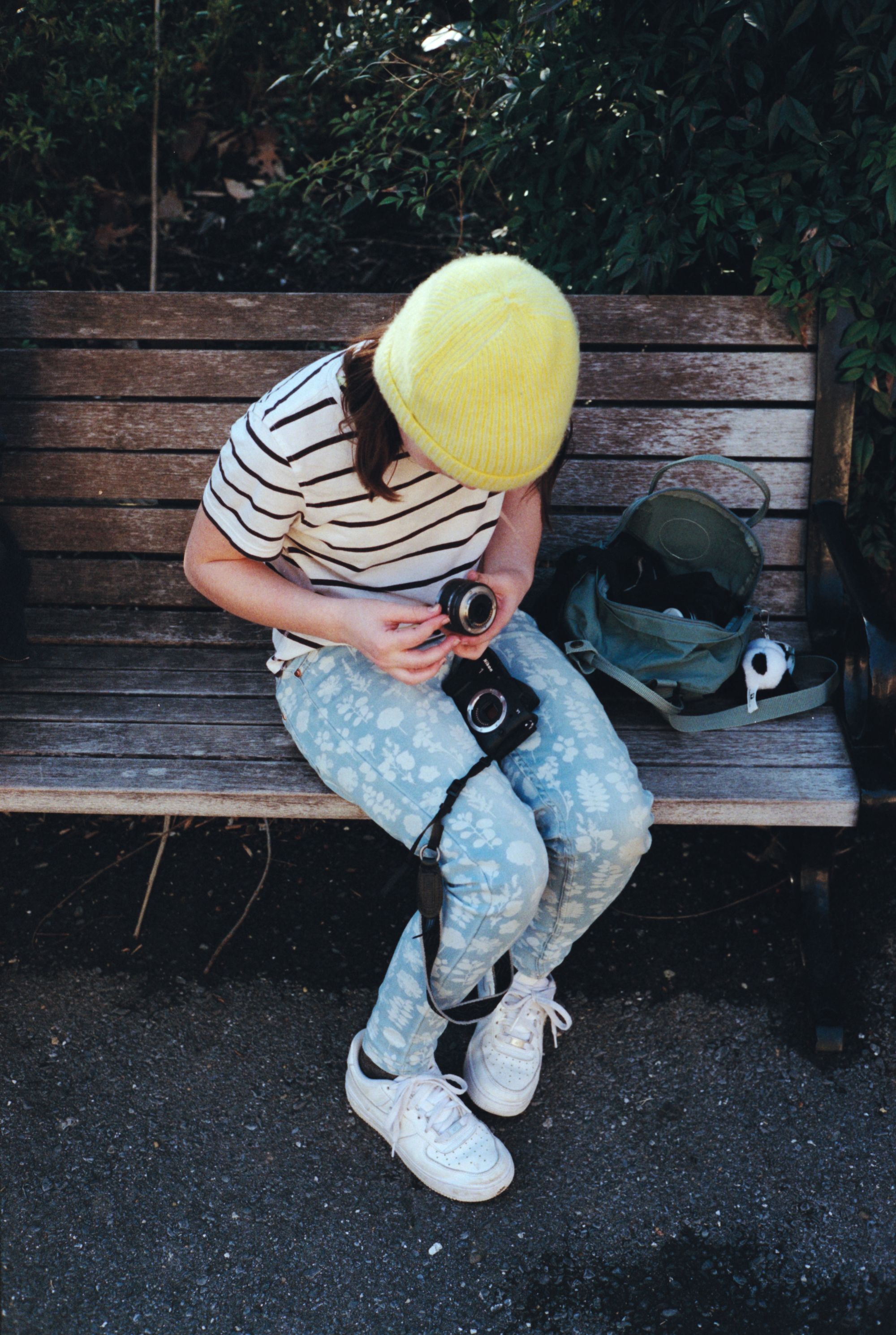
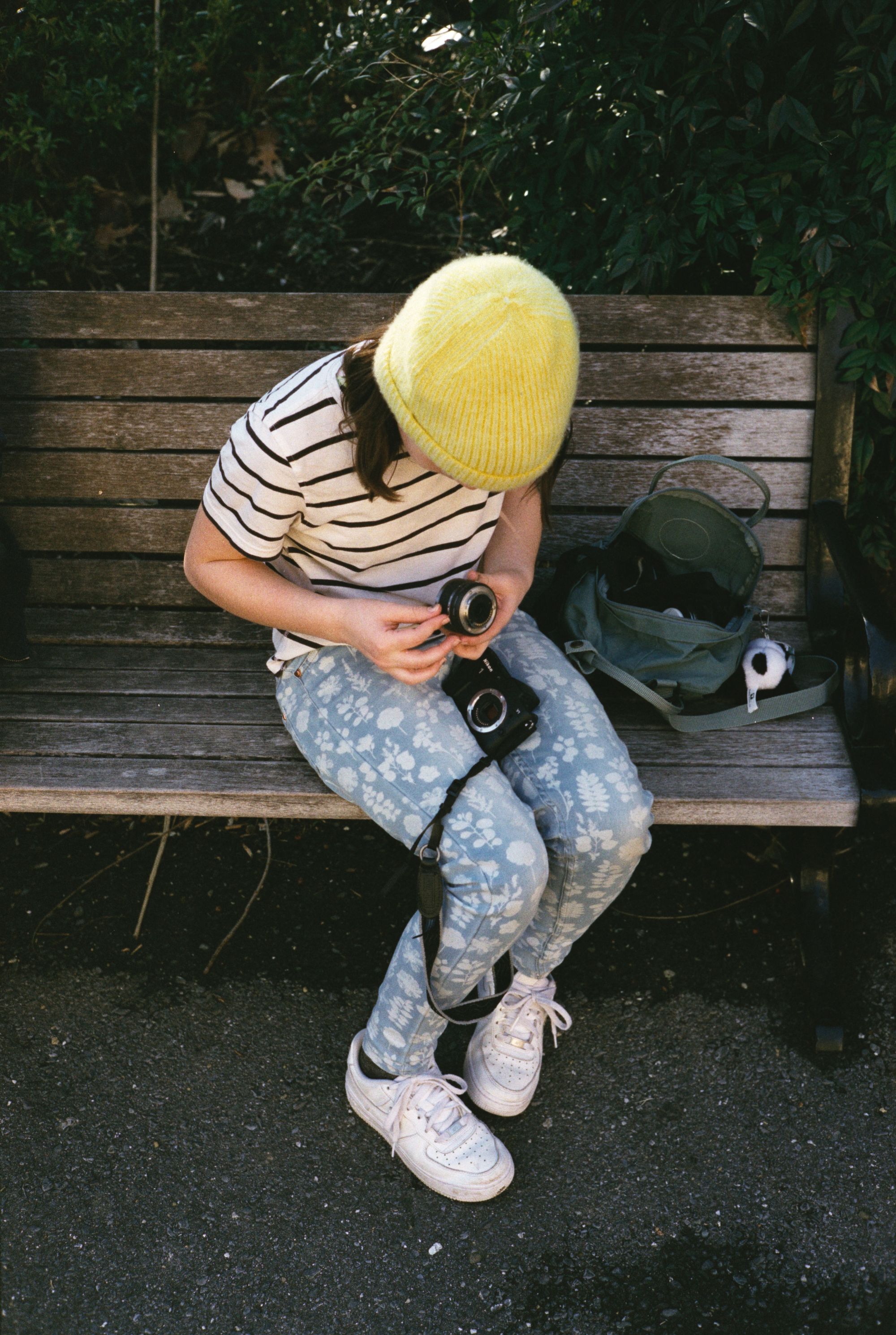
In addition to speed and color accuracy, FilmLab 3 includes new features to help film photographers and archivists produce better images from their scanned negatives. The new Highlight Recovery tool makes it possible to fill in detail in overexposed areas.
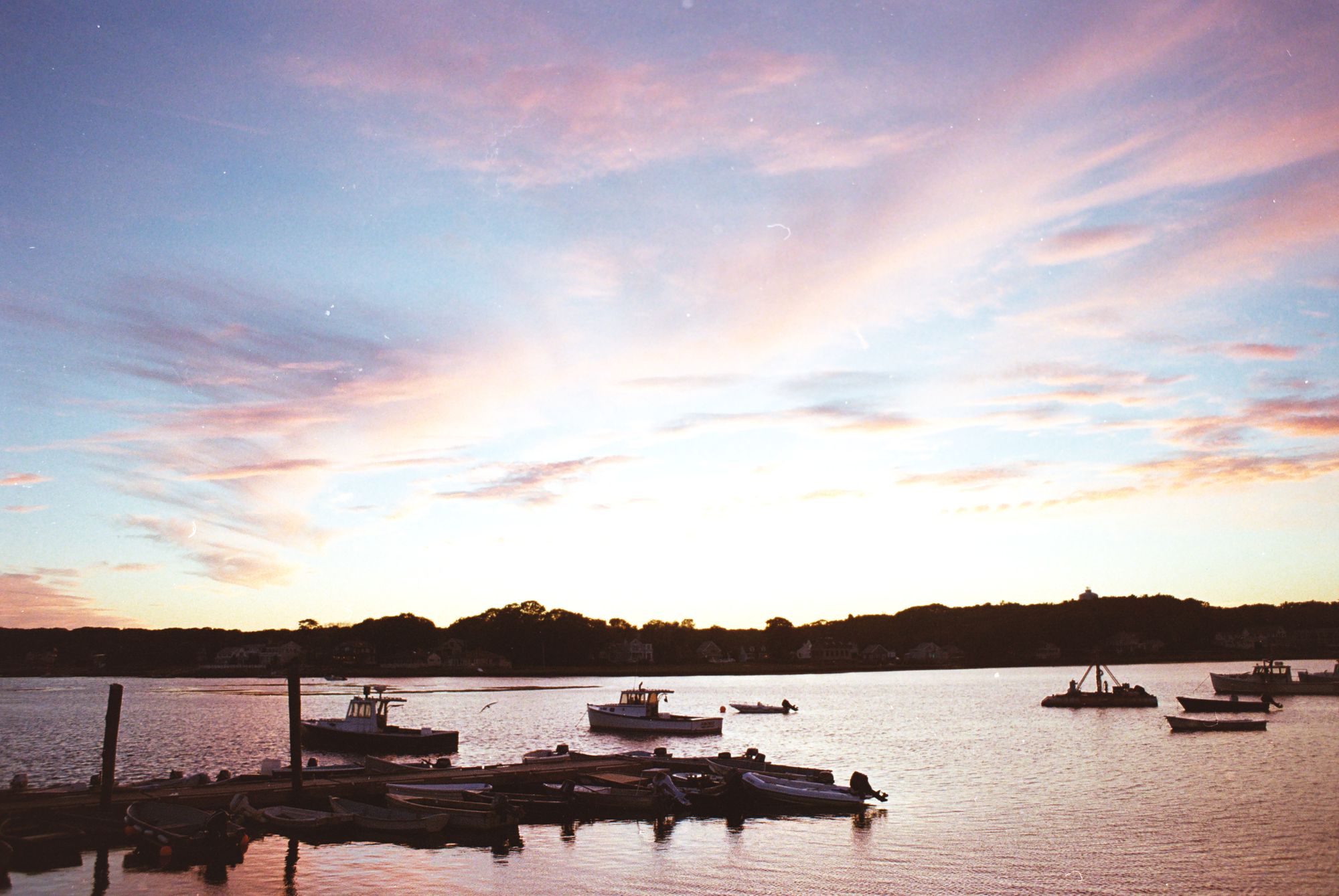
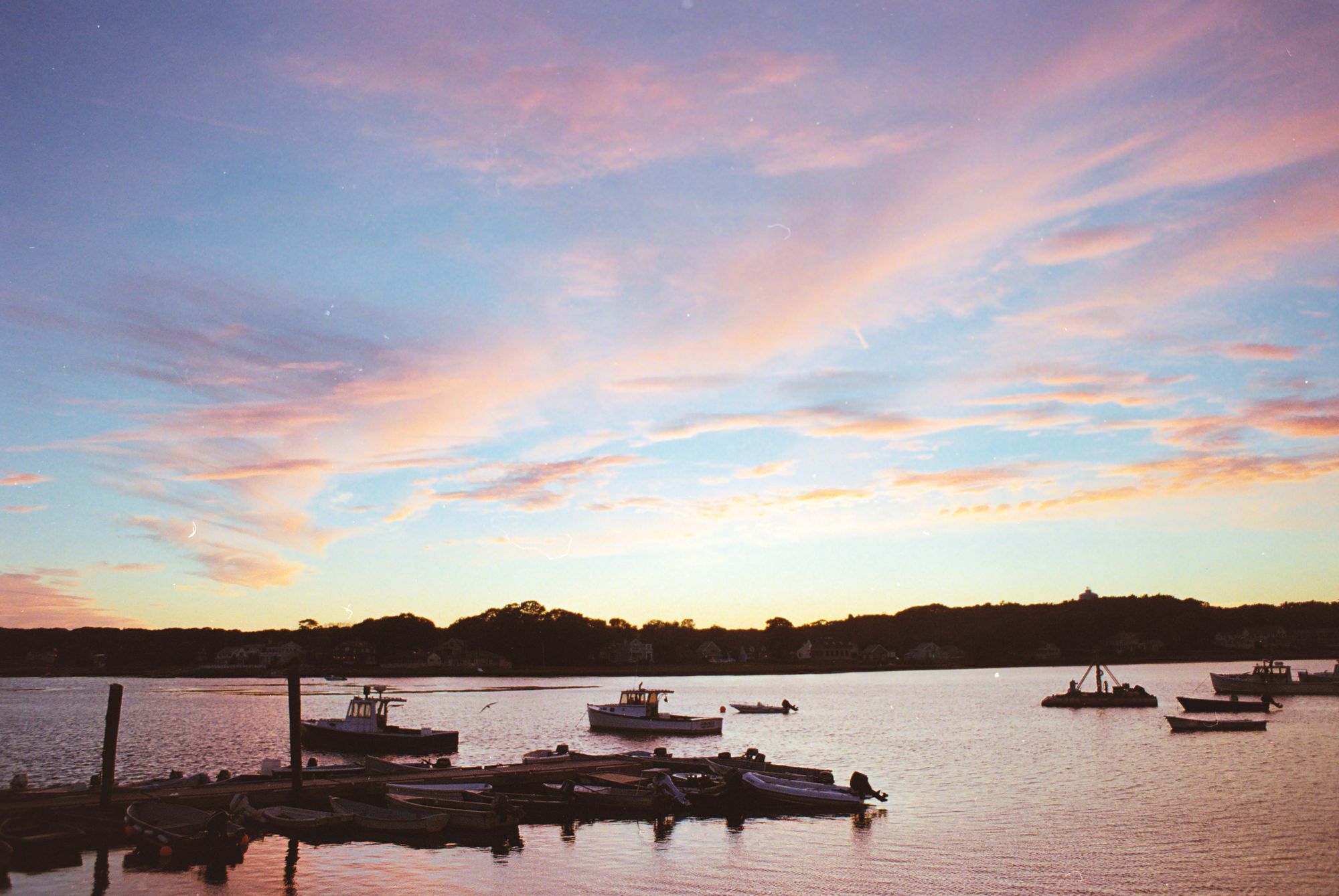
Improved noise removal and sharpening features help to get rid of digital noise and bring out all the information on the original film.
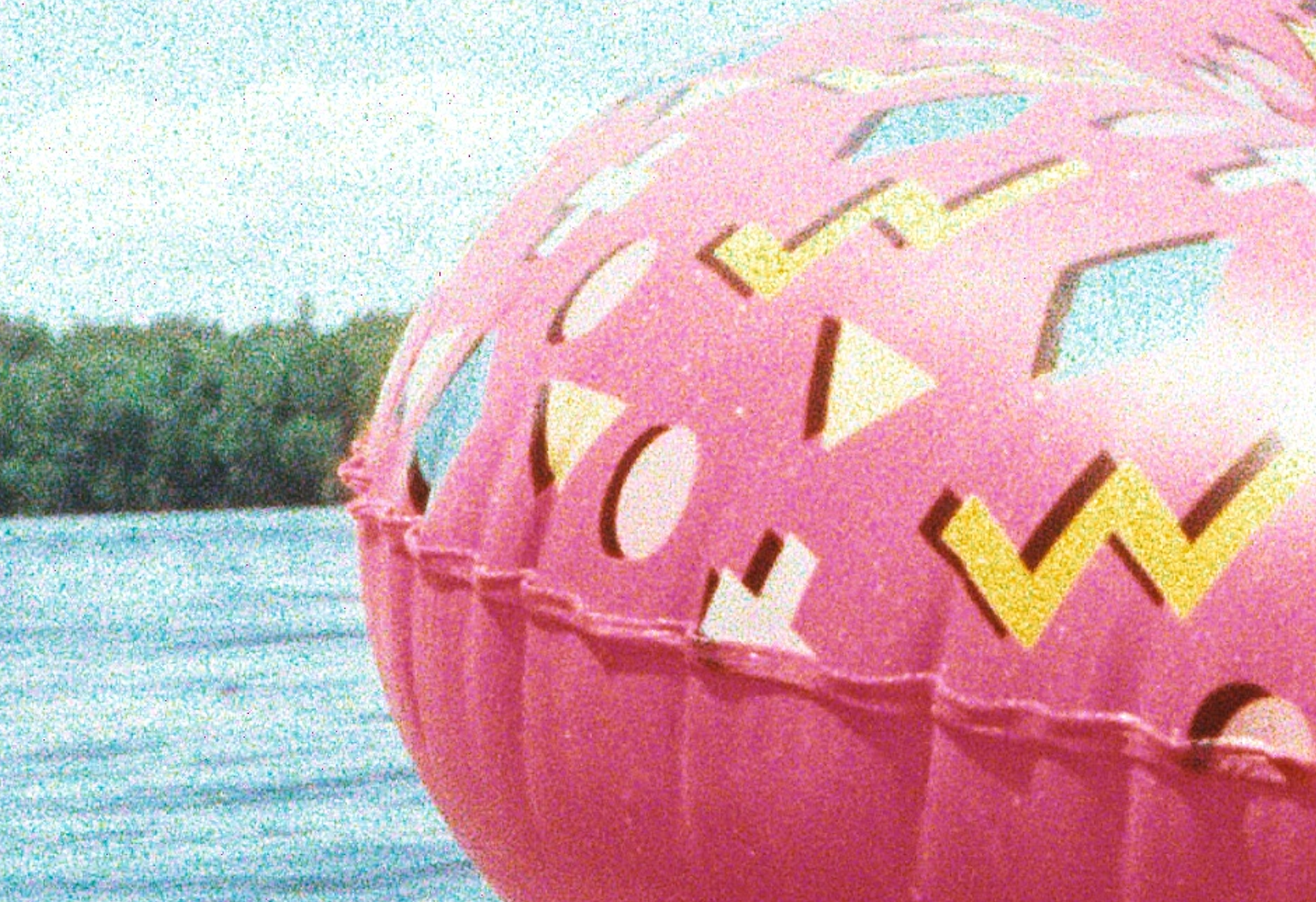
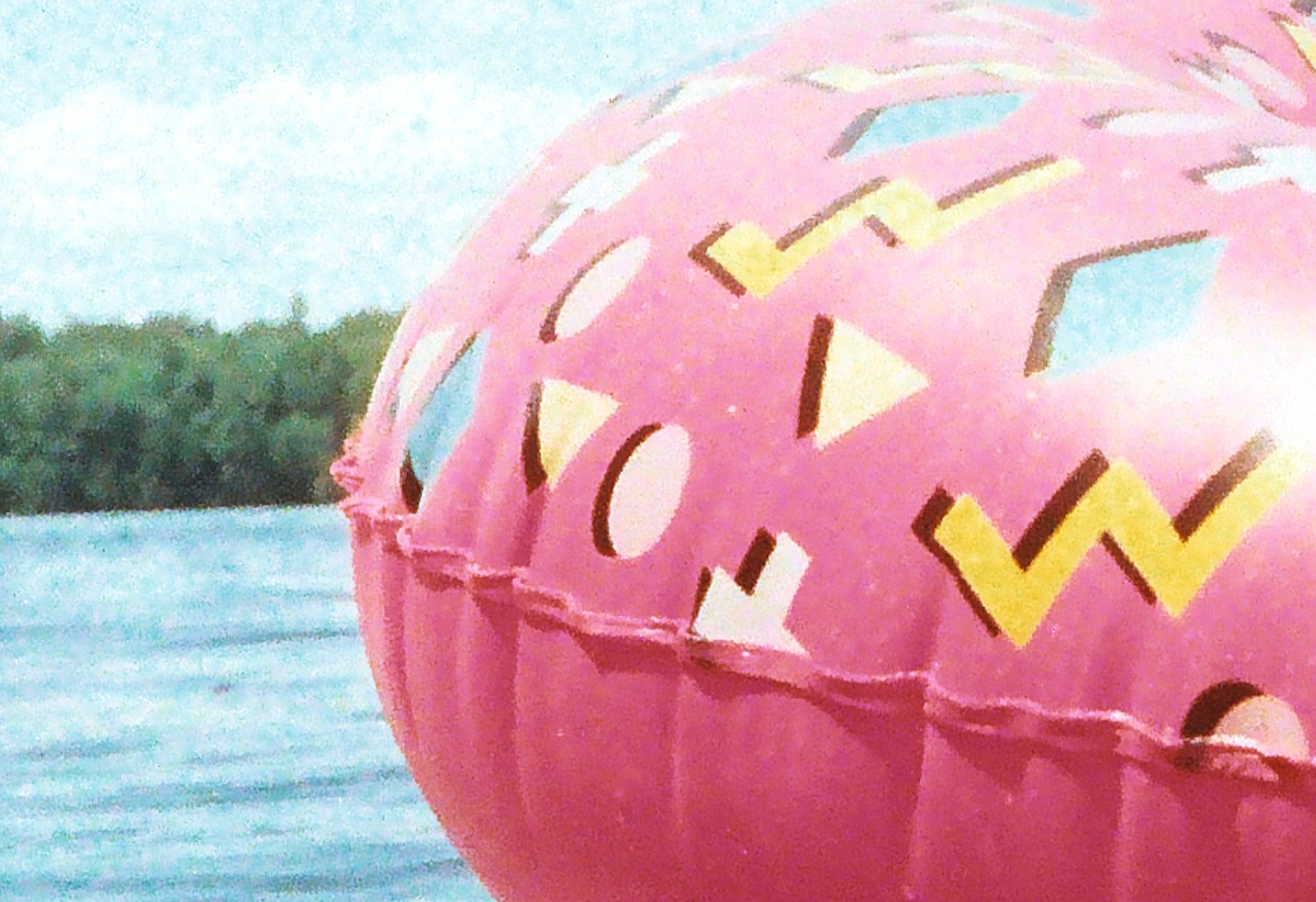
Finally, the new Scanning Flare Correction tool fixes the dimness and lack of contrast caused by ambient light reflecting off a negative during scanning.
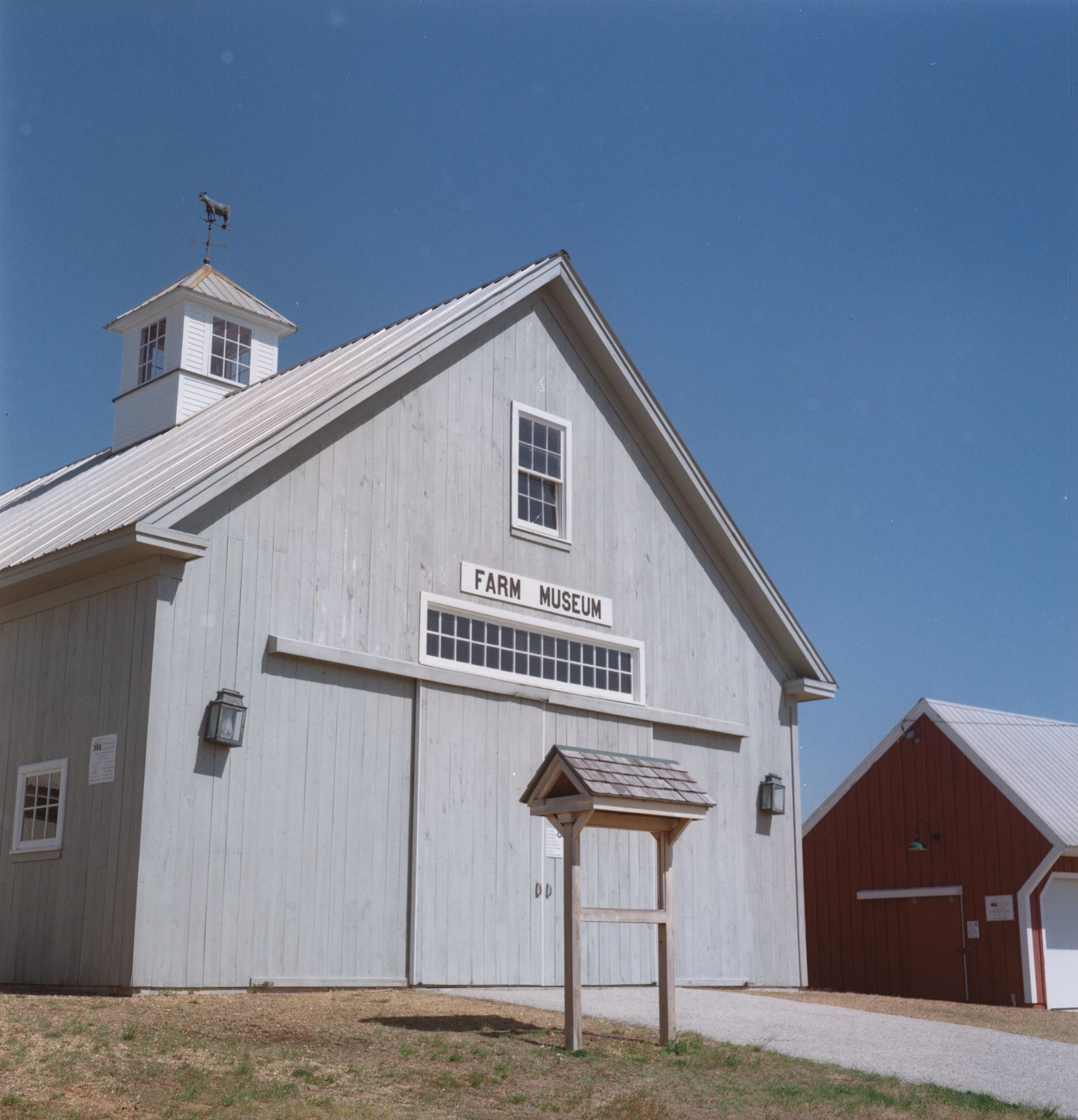
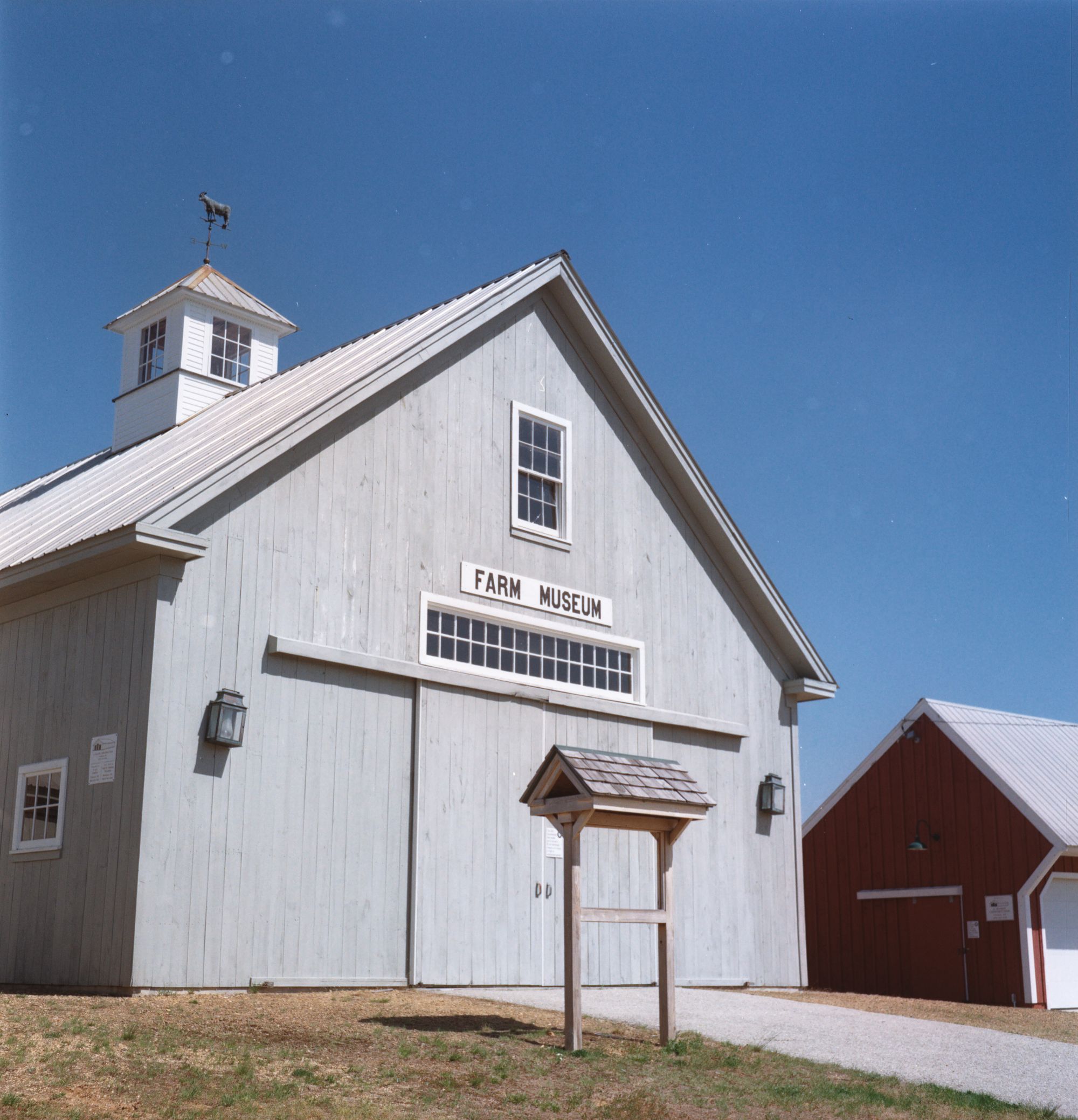
The image processing upgrades in FilmLab 3 are the result of some deep R&D we’ve been doing into the color science of film scanning. This work is ongoing, and there are further improvements yet to come. But what we already have is a such a big step forward that we wanted to get it out there and let people start using it, which is why we’re releasing beta builds of FilmLab 3 today. Please give the beta builds a try and let us know what you think!
In addition to the new Color Negative process, FilmLab 3 includes a redesigned BW Negative process. When converting a black and white image, you can use the new noise reduction, sharpening, scanning flare correction, and (coming in the next beta build) highlight recovery tools. The new BW Process also includes a wider range of usable contrast curves, modeled after the characteristics of variable contrast black and white printer paper.
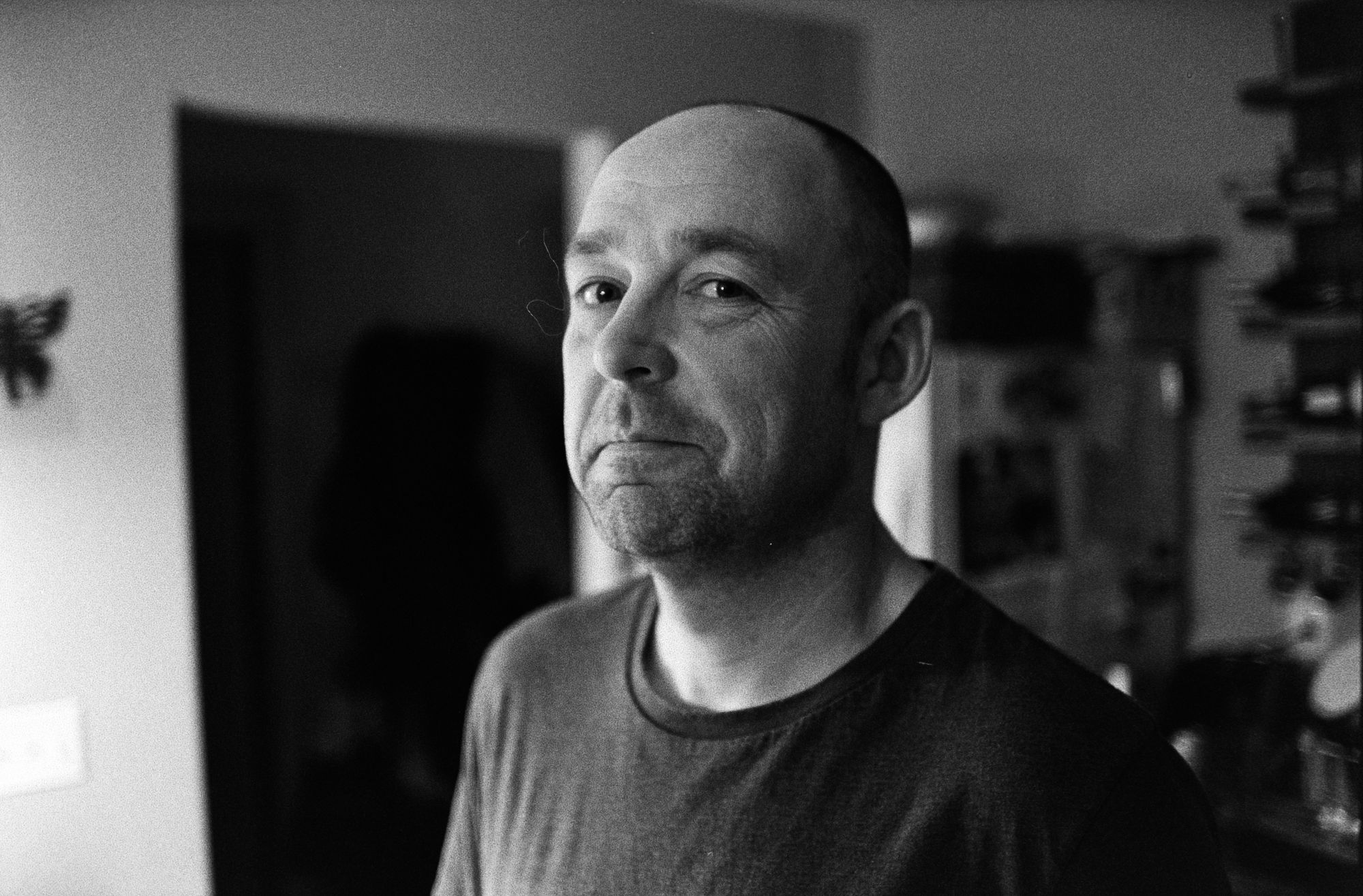
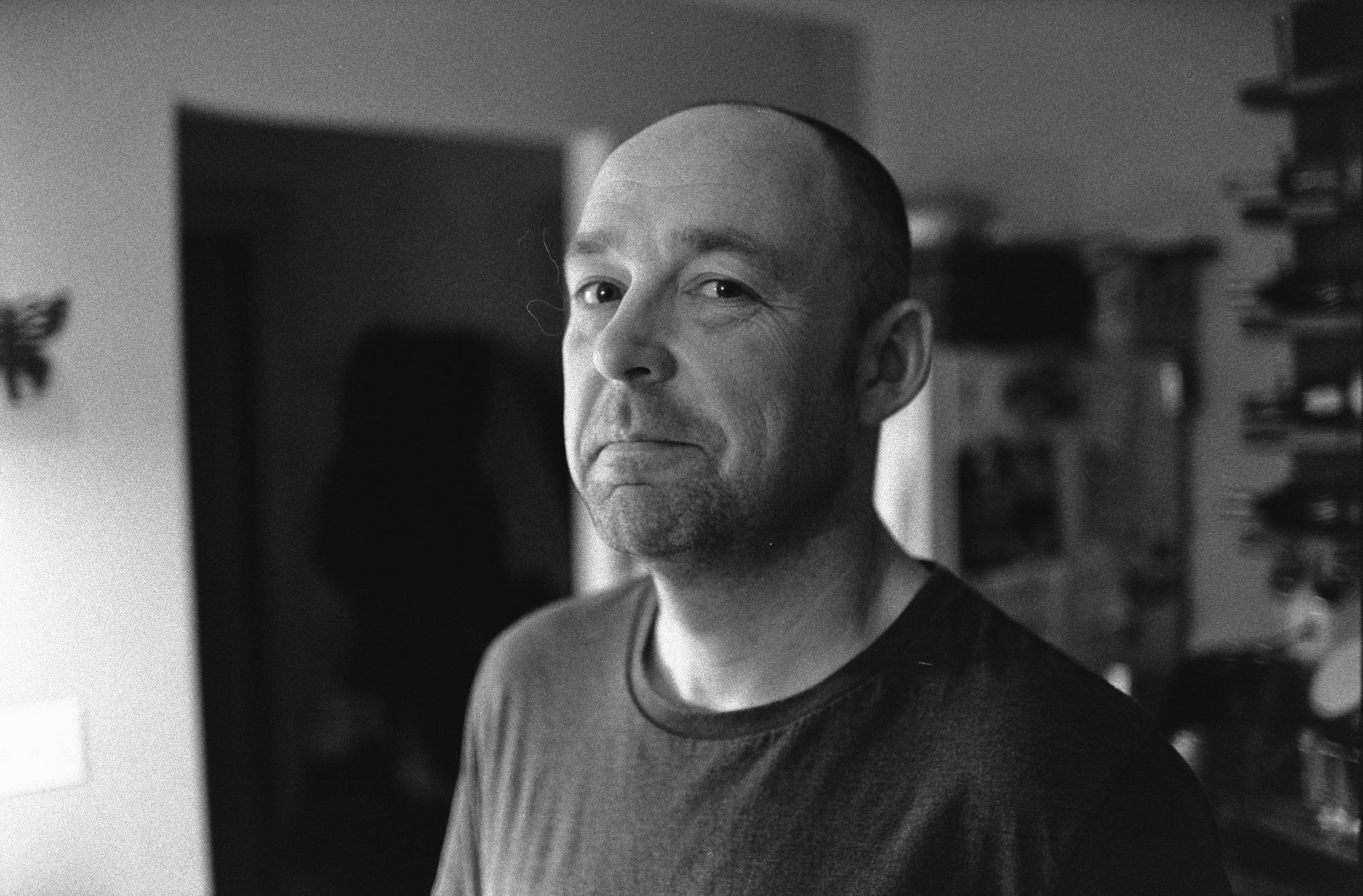
FilmLab 3 is available now as a beta release for Windows and macOS, and can be downloaded from https://filmlabapp.com/desktop. FilmLab 3 for iOS will be available in beta in early September, and FilmLab 3 for Android will be available in beta later this fall. We expect a final version of FilmLab 3 for all platforms to ship before the end of the year.